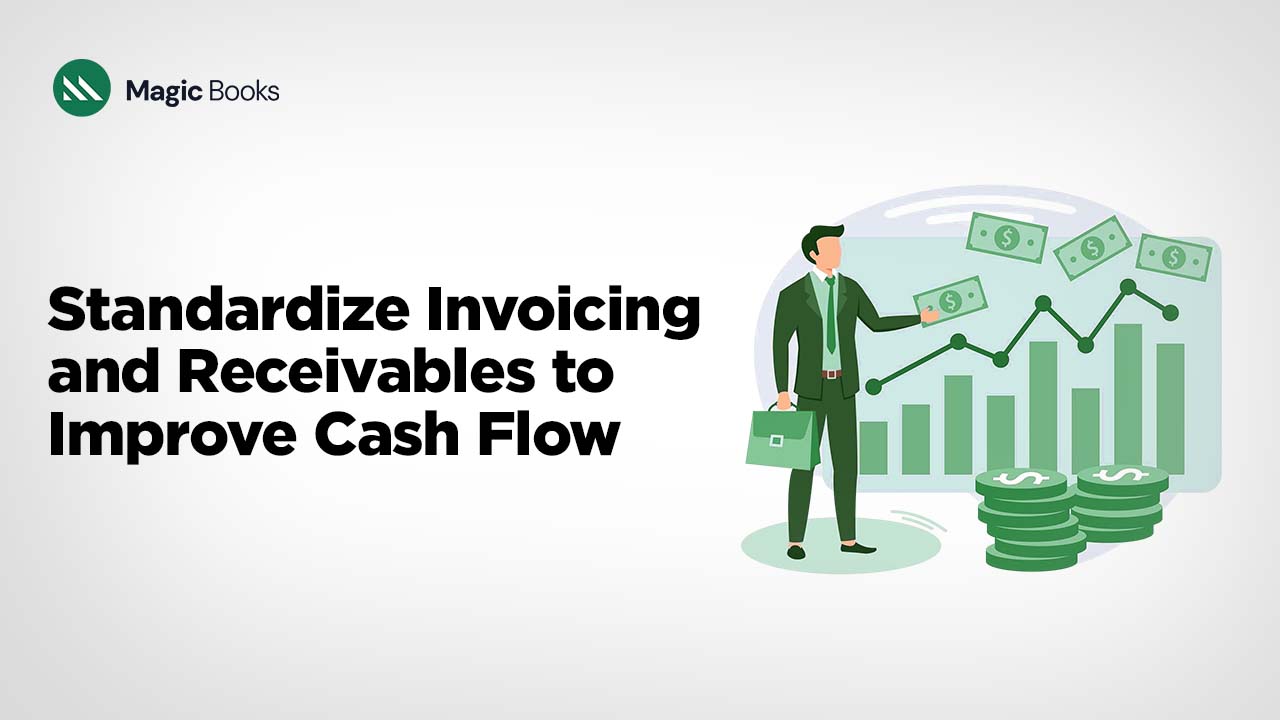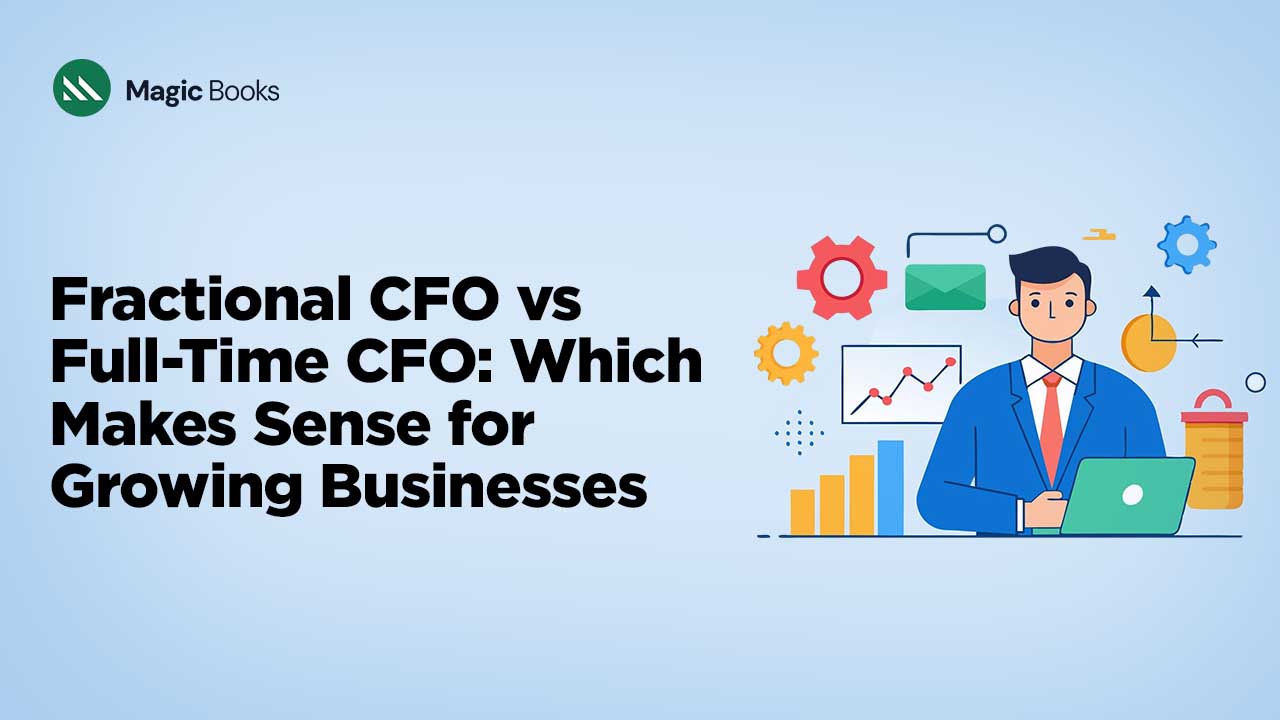The American business financing environment is always changing, considering the current financial scenario, and when looking for possible sources for funding, entrepreneurs inevitably come to a crucial juncture: Should they get a traditional business loan or a business line of credit? This choice can affect your company’s overall financial well-being, capacity to conduct operations, and ability to grow long-term. Whether you are running a small, local business or a business that is a few steps past startup, it is important to differentiate between these two financing options to make better and more informed decisions that align with your goals. Therefore, let’s take the opportunity to explore the world of business financing to help establish which option fits your unique situation. When it comes to acquiring capital, business loans and business lines of credit are the two most common financing options available. Despite their similarities as financing tools meant to fund business activity, they know have differences in respect to their structure, repayment, and most importantly, how the funds are able to be used.
A business loan is, more or less, a set amount of funds provided to you by a lender, which you pay back with a specified fixed payment over a specified period. Generally, you would use a business loan for a large, one-off purchase like buying equipment, building expansion, or purchasing another company.
In contrast, a business line of credit works like a credit card. You have access to draw on up to a limit, and you only pay interest on the amount you draw. The benefit of a line of credit is the flexibility to use short-term cash flow shortfalls, manage unplanned expenses, or take advantage of unplanned opportunities without taking on a longer-term debt.
What Is a Business Loan?
Usually, a business loan is viewed as a type of installment credit. With a business loan, the lender provides a set amount of money that you will repay in a series of regular and predetermined payments for the length of the loan. Your monthly payments will typically be both interest and principal, based on the terms of the loan. The interest rate can either be fixed—allowing you to plan and budget with a set payment amount or variable—where the interest could fluctuate based on market conditions. For many businesses, a business loan lends itself well to financing large projects. For example, if you need to buy new equipment, improve your facilities, or initiate a large-scale marketing campaign, a business loan provides the funding that you need upfront. The predictable repayment structure helps you to budget your funds and financial obligations more easily, as you can calculate how much you need to set aside each month to allocate for your loan.
In addition, business loans can be secured or unsecured. Secured loans will demand collateral, such as property, equipment, or inventory that the lender may seize in the event of a default. Secured loans usually have lower interest rates and more favorable conditions due to requiring collateral. Conversely, unsecured loans do not require collateral, but interest rates for unsecured loans are typically higher and qualifications more stringent since there is more risk to the lender.
What Is a Business Line of Credit?
A business line of credit provides a flexible way to borrow funds. Instead of receiving a lump sum of money, you will be given access to a line of credit within a set limit, which you can borrow from as needed. The hallmark aspect of a line of credit is that it is revolving. After you repay the amount you borrowed, your available credit is replenished, and you can borrow money again without having to go through the application process again. This kind of flexibility makes a business line of credit useful when you are looking for cash flow management with temporary (or seasonal) variations. For example, if you experience a decline in revenues during a slow period or you have unexpected expenses that you need to cover, such as emergency repairs or costs of inventory that increase unexpectedly, a line of credit can act as a financial buffer that you may use whenever you need it. You only pay interest on the amount you draw, and not on the entire limit, which may create a borrowing cost that is cheaper if you manage how much you utilize. Business lines of credit are often offered at variable rates, which means, if borrowing costs change based on interest rates in the market, your borrowing costs change. Although there is uncertainty to address, this variability tends to be offset by the fact that you only borrow the amount of capital you draw.
Key Differences Between Business Loans and Business Lines of Credit:
The essential distinction between these two means of financing has to do with their structure and purpose. A business loan lends a fixed sum of money for a certain purpose on fixed repayment terms for a set period, while a business line of credit provides you access to flexible funding sources with repeated draws. Therefore, a business loan is particularly well-suited for larger planned expenditures where a large capital amount is required up front. On the contrary, a business line of credit is meant to provide liquidity for ongoing or near-term usage, making it more adaptable for businesses with fluctuating cash flow situations. With a line of credit, you aren’t required to borrow all of the line of credit, you’re only charged interest on the amount borrowed. This can be extremely valuable in periods of uncertainty or rapid growth.
Another significant distinction is the effect on your financial planning. Business loans, with their fixed monthly payments and defined terms, allow you to budget and plan long-term. Lines of credit allow you the flexibility to take on debt when you want, which can be a benefit and a drawback at the same time, and the variable interest rates and intrusiveness of being able to take on debt can sometimes cause a mismanagement of your finances if you are not monitoring your expenditures closely enough.
Factors to Consider When Making Your Decision:
Several important considerations come into play when determining if a business loan or a business line of credit is best for you. First, it is important to analyze the amount of capital you require for your business. If it is a large sum for a defined use, for example, the purchase of new equipment, the renovation of your space, or funding a big project, a business loan may be the better option. Knowing that you will receive a fixed amount with a scheduled repayment plan may help you utilize the money you need for the business without paying excess interest on borrowed but unused capital.
On the other hand, if your expenses are a bit more fluid, such as repeating operating expenses, offsetting cash flow during seasonal downtimes, or climate for a possible emergency, a business line of credit may give you the flexibility you need to meet your business’s demands. In this instance, a line of credit allows you to withdraw funds when necessary and only pay interest on what you’ve used, making it an effective solution for short-term financing options.
A key consideration is creditworthiness. Traditional banks may insist on strong business and personal credit scores, financial statements, and a strong business history for business loans, whereas lines of credit will likely have more relaxed criteria for approval, especially if you are stepping into an unsecured line of credit. Just consider that, as a result, an unsecured letter of credit will likely have a higher interest rate than a secured line of credit.
The growth plan of your business and level of cash flow stability is other considerations. If your cash flow is more predictable and more steady, a line of credit with fixed payments should be a better option for maintaining structure in your financial plans. On the other hand, if your business has larger variations in revenue, a line of credit that allows for flexibility may be more effective for you.
Relatable Scenarios:
Let’s visit the scenario of the small retail service business that experiences both peak and slow shopping seasons during the year. During the busy season, the business may need to acquire cash to purchase additional inventory and hire additional seasonal staff. In this circumstance, a small business line of credit is likely the best choice because it allows the business to draw on the funds when cash is low and pay them back when the cash elevates after the shopping peak. The business owner can access the necessary capital without being locked into any fixed repayments that would be burdensome on cash flow in months with a slower shopping season.
However, consider the opposite situation of an enterprise‐level manufacturing company planning to acquire production equipment to improve manufacturing capacity. In the case of a large, one‐time expense like this, it would be more appropriate for a business loan to be used. In this instance, the enterprise‐level manufacturing company would be able to secure a large sum of money all at once, have a fixed interest rate, and have predictable loan repayments aligned with the business’s long-term strategies. Structure is very important in a business loan; however, utilizing a business loan for a fixed capital expenditure would allow the enterprise–level manufacturing company to fully fund the investment and focus on improving production capacity without thinking about borrowing for more parameters.
Business owners of enterprises often have more complex financial situations and may utilize both financing options together. A large company could arrange for a business loan to fund large capital projects, such as building out production facilities, while simultaneously maintaining a business line of credit to adjust for daily operational needs and cash flow. Having both a business loan and a business line allows owners to have certain stability and certain flexibility to achieve their desired business outcome while also being able to react quickly to an unknown situation.
The Impact on Your Business Credit:
Creating and maintaining a strong business credit score is important for the long haul. If you’re getting a business loan, and consistently paying it back in a timely manner, you’re proving to lenders that you’re a good bet for funding your business with potential new borrowing. While business loans typically have fixed repayment schedules, doing so regularly and on time won’t hurt your credit history.
On the other hand, a business line of credit can also build up your credit score if used responsibly. If you are drawing from the line of credit regularly and paying it back again in a timely fashion, you’re signaling to possible lenders that you can successfully manage revolving credit, which is a good signal to a lender who is evaluating you for future borrowing. However, you need to be careful about not over borrowing, and importantly, you need to manage the credit utilization rate on credit lines. If you’re regularly over-borrowing and have a high utilization rate in the context of the available credit on your revolving credits, your business credit score will go down, and you’ll have a more difficult time qualifying for financing on more favorable terms.
From an economic standpoint, it’s critical to evaluate the total cost of borrowing for each option. Generally, business loans have lower interest rates, particularly those secured with collateral. In addition, the fixed interest rate of a business loan may be beneficial if interest rates rise in the future. The raw cost of borrowing may be considered higher if you do not utilize the full amount of the loan upon disbursement because you will be charged interest on the full disbursed proceeds and not just the utilized portion.
Conversely, business lines of credit will only charge interest on drawn funds. If you keep your utilization low, this could be a more cost-effective borrowing option. However, the majority of lines of credit will have variable interest rates, and rising interest rates in the marketplace can lead to borrowing costs not seen with a business loan. Additionally, some lines of credit have maintenance fees or annual fees that increase the total cost of borrowing. Accordingly, it’s important to carefully review the terms and conditions of different financing alternatives to get the best value for the overall cost.
Making an Informed Decision:
Deciding between a business loan and a business line of credit depends on your business’s needs, credit capacity, and goals for growth. When you have a specific project or investment for which you require a larger amount of upfront capital, a fixed loan and fixed repayment schedule with potentially lower fixed interest rates is likely the better choice. This structure gives you the peace of mind to plan for the long term, and you will acquire the funds you need to invest to enable robust growth. On the other hand, if your business requires flexibility in operating your business day to day, then have cash flow gaps in the short-term or quickly capitalize on immediate opportunity, a line of credit could be preferable. A line of credit allows you to access funds, in a revolving structure, as the need arises, which is particularly helpful in more volatile or seasonal industries where cash flow can be more difficult to predict.
Before you make your final decision, it could be advantageous to consult with a financial advisor or lender who has experience in small and growing enterprise business financing, who can offer to you their expertise and perspective based on your company’s financials, credit history, and long-term goals.



